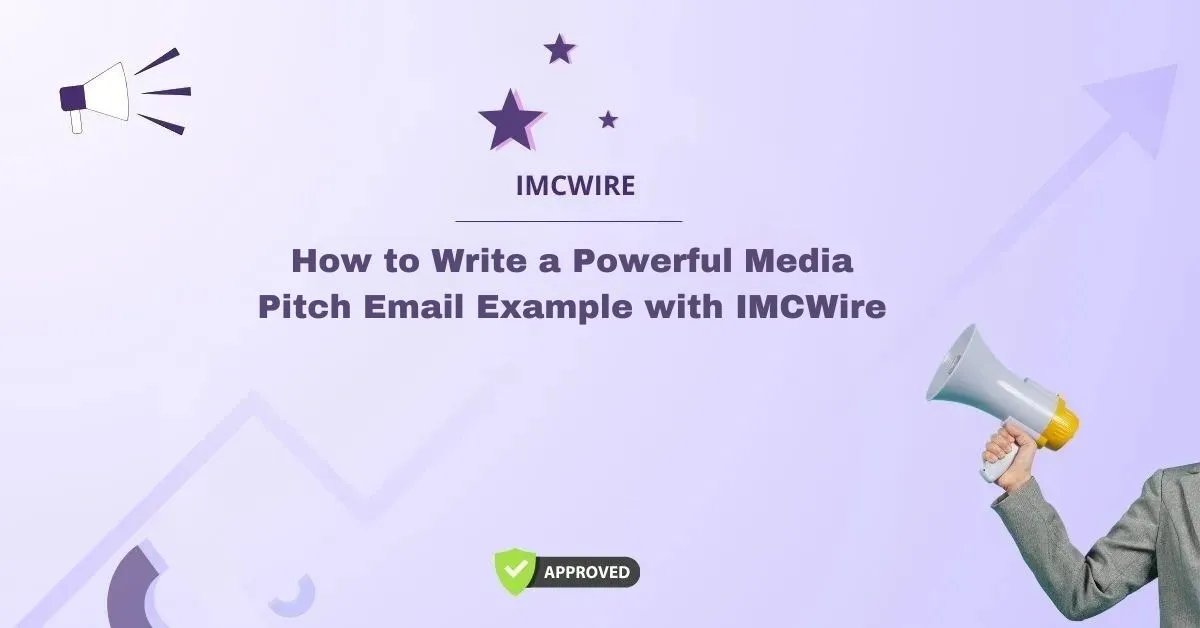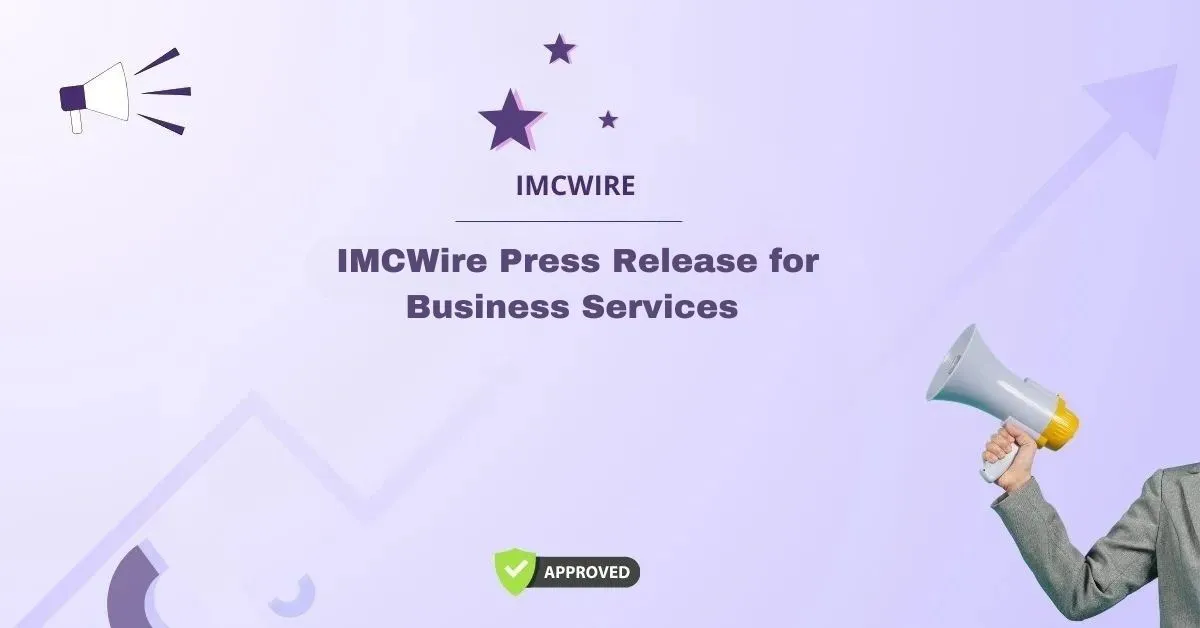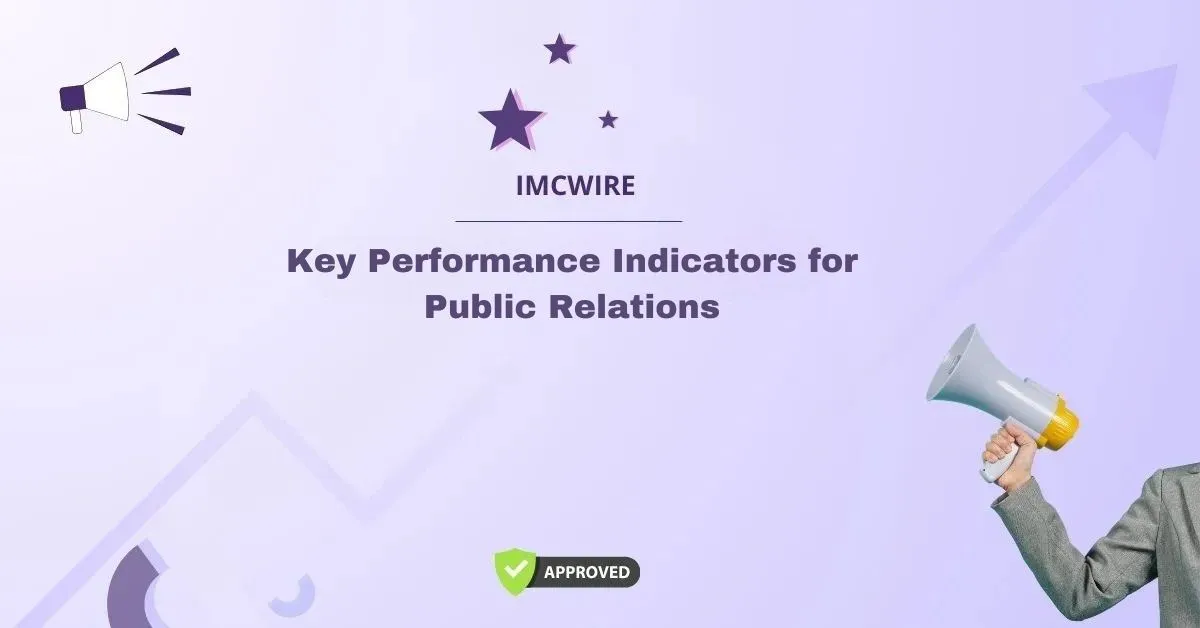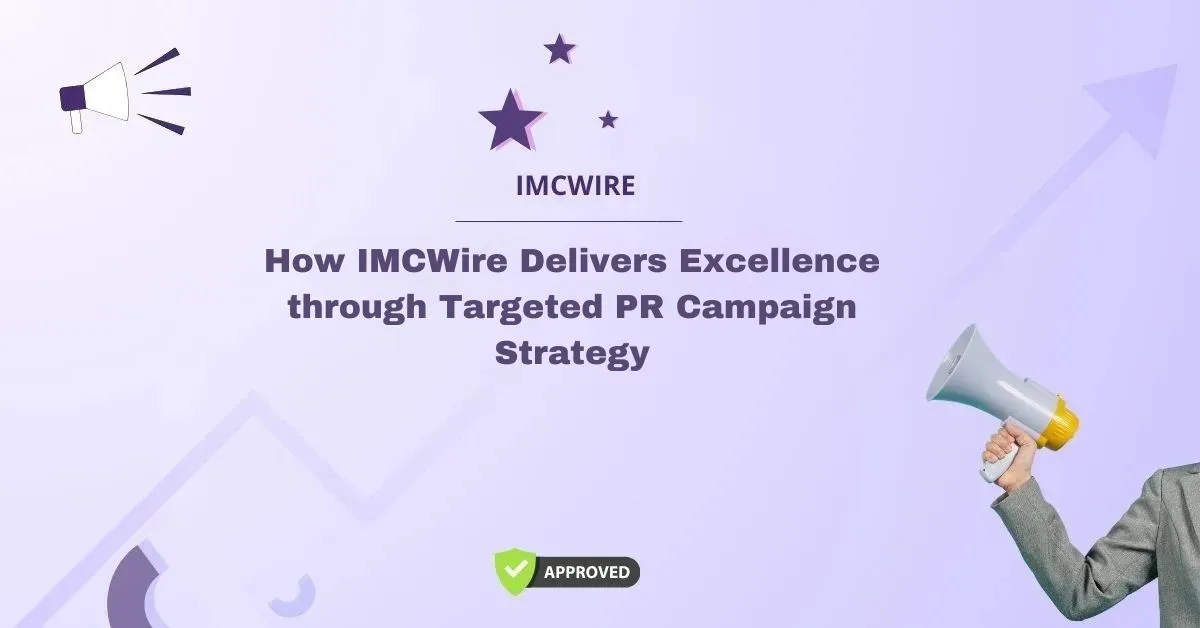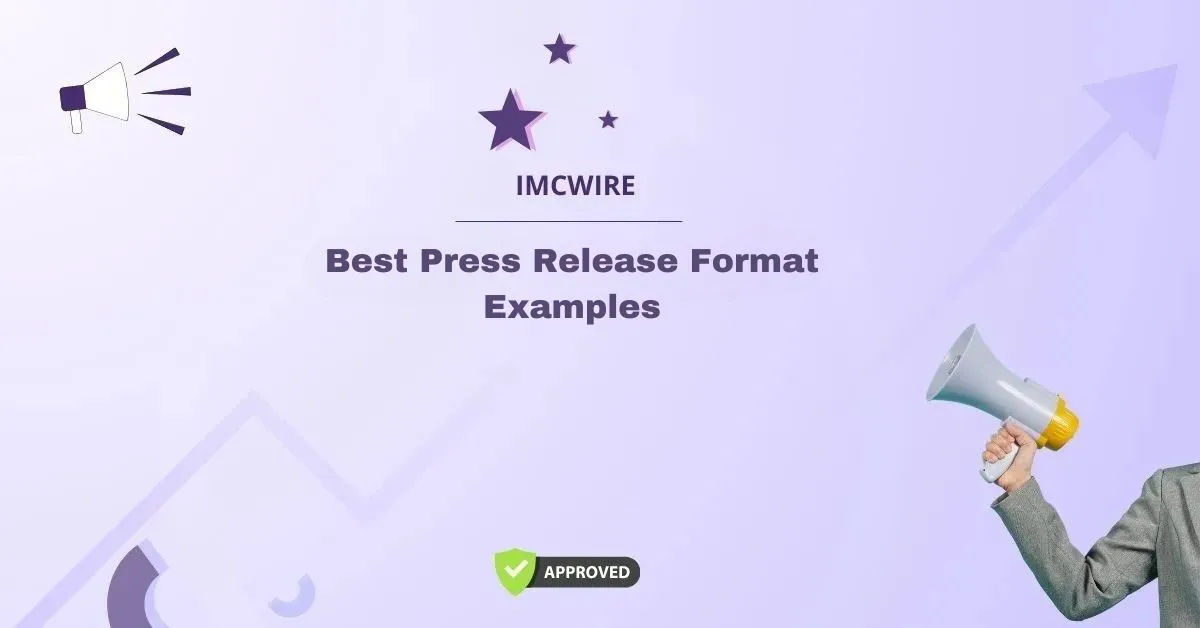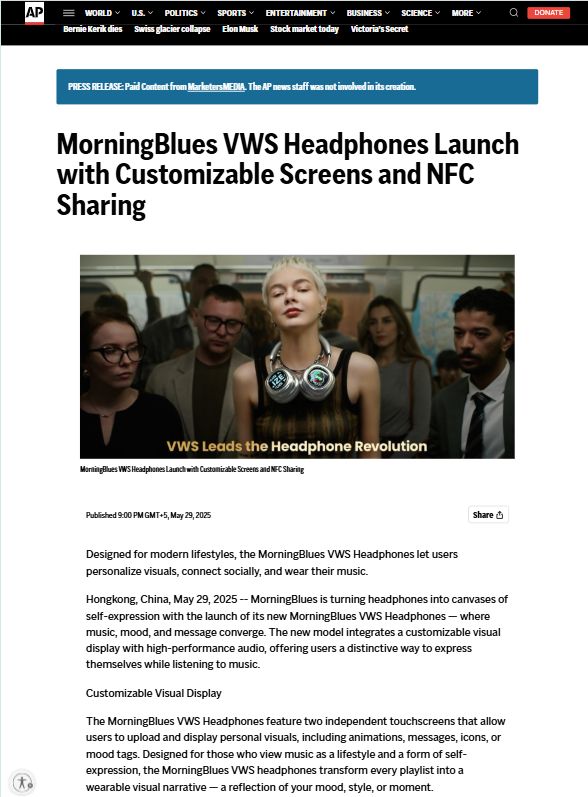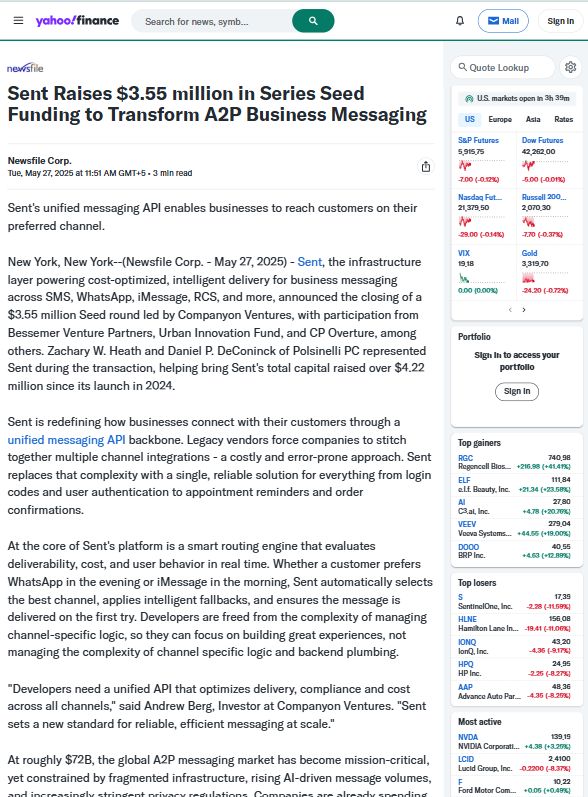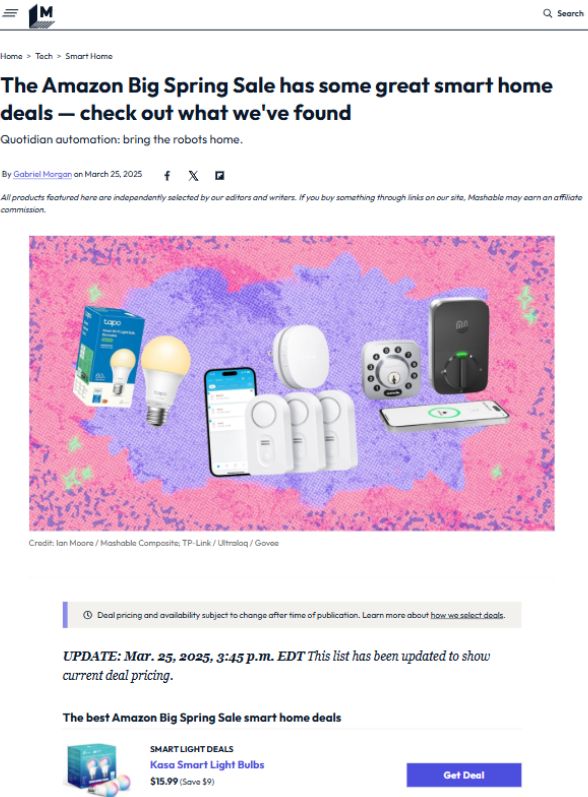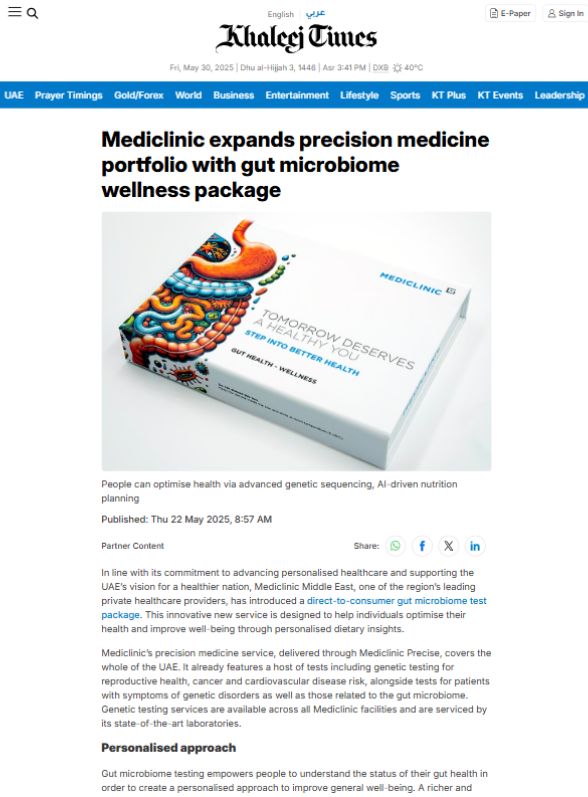Local SEO has become an essential strategy for businesses aiming to attract more customers from specific geographic areas. If your company depends on local foot traffic or services customers in a specific location, understanding how to rank local SEO is critical to your success. In this comprehensive blog by IMCWire, we’ll explore everything you need to know to dominate your local search results.
Table of Contents
Why Local SEO Matters
Local SEO optimizes your website and online presence so that your business appears in local search results on Google. Whether it’s “best coffee shop near me” or “plumber in Miami,” users rely on Google to find businesses near them. Here’s why mastering how to rank local SEO is essential:
- Increased Visibility: Appear in the Google Local Pack and Maps.
- Higher Conversions: Local searches lead to more in-person visits and phone calls.
- Stronger Brand Trust: Local SEO boosts credibility with customer reviews and accurate NAP information.
Start with Google Business Profile Optimization
One of the first steps in understanding how to rank local SEO is optimizing your Google Business Profile (GBP). Your GBP listing is what appears in the local map pack and influences your position.
Key Areas to Focus On:
- Accurate Business Name, Address, and Phone (NAP): Ensure consistency across all platforms.
- Choose the Right Categories: Select primary and secondary business categories that accurately reflect your services.
- Business Hours and Description: Keep these updated and informative.
- Photos and Videos: Upload high-quality images of your business, products, and services.
Having a well-optimized GBP listing is foundational in learning how to rank local SEO effectively.
Use Location-Specific Keywords
A significant part of local SEO success involves incorporating location-based keywords into your content. Think about the phrases people use to search for your services within your city or neighborhood.
How to Use Location-Based Keywords:
- Include them in page titles and meta descriptions
- Mention them in your H1 and H2 headings
- Use them naturally in your website copy, image alt texts, and URLs
For example, instead of targeting “pizza delivery,” use “pizza delivery in Chicago” to improve your chances of appearing in local results.
Create Location Pages for Each Service Area
If you serve multiple cities or neighborhoods, having dedicated pages for each location helps you rank more specifically. This is a crucial tip for those wanting to master how to rank local SEO.
What to Include on Each Location Page:
- A unique URL for each location (e.g., /chicago-pizza-delivery/)
- Customized content relevant to the city or area
- NAP information that matches your GBP listing
- Local testimonials or case studies
This makes it easier for Google to connect your business to a physical place, improving your ranking potential.
Build Local Citations
Citations are online mentions of your business that include your Name, Address, and Phone Number. The more consistent and widespread these are, the more authority Google assigns to your business.
Key Places to List Your Business:
- Local business directories (e.g., Yelp, Yellow Pages)
- Chamber of Commerce websites
- Industry-specific directories
- Social media profiles
IMCWire recommends regularly auditing your citations to ensure consistency—one of the best practices when learning how to rank local SEO.
Get More Positive Reviews
Online reviews are a major ranking factor for local SEO. More importantly, they build trust with potential customers.
Tips for Earning More Reviews:
- Ask satisfied customers to leave reviews on Google and Yelp.
- Include links to your review profiles in follow-up emails.
- Respond to all reviews, good or bad, professionally and promptly.
Google rewards businesses with high engagement and consistent, positive feedback. This is a must-do tactic if you want to excel in how to rank local SEO.
Optimize for Mobile Users
Since most local searches happen on mobile devices, your site needs to be mobile-friendly. Google prioritizes responsive websites in mobile search results.
Mobile Optimization Checklist:
- Responsive design that adapts to all screen sizes
- Fast page load times (under 3 seconds)
- Clickable phone numbers and easy navigation
- Minimal pop-ups or interstitials
Mobile-friendliness is non-negotiable if you’re serious about how to rank local SEO in 2025 and beyond.
Use Structured Data Markup
Schema markup helps Google understand your business information more clearly. It enhances your listings with extra information such as operating hours, reviews, and service types.
You can use Google’s Structured Data Markup Helper to implement the right code for your pages.
Structured data is an advanced tactic but one that pays off in visibility and engagement—especially for those refining how to rank local SEO.
Local Link Building
Backlinks from locally relevant websites boost your domain authority and local visibility.
Ideas for Local Link Building:
- Partner with other local businesses for content or referrals
- Sponsor a local event or charity
- Guest blog on local news websites or blogs
- Submit press releases to local media (a specialty area for IMCWire)
A healthy backlink profile not only improves your general SEO but also your local ranking, making this strategy vital in how to rank local SEO.
Leverage Social Media and Content Marketing
Social media plays a supporting role in local SEO by increasing visibility and engagement. Regular content updates also keep your website fresh and relevant.
Content Marketing Ideas:
- Local guides and “best of” lists
- Area-specific tips (e.g., “Top 5 Roofing Tips for Dallas Homeowners”)
- Customer success stories or case studies
- Behind-the-scenes posts about your team and services
Active engagement on platforms like Facebook, Instagram, and even Nextdoor can help drive more localized traffic.
Monitor Your Local SEO Performance
Tracking your performance allows you to measure what’s working and refine what isn’t. Here’s what to monitor:
- Google Business Profile Insights: See how people find and interact with your listing.
- Google Search Console: Monitor impressions and rankings for local keywords.
- Google Analytics: Track where your local traffic is coming from.
- Local Rank Trackers: Use tools like BrightLocal or Whitespark to track your rankings across cities.
Understanding data trends is a sophisticated aspect of learning how to rank local SEO. IMCWire recommends monthly audits for all businesses.
Stay Updated with Local SEO Trends
SEO is an evolving field. Stay updated with algorithm changes, Google guidelines, and industry trends. Subscribe to trusted SEO blogs, participate in forums, and follow credible experts on social media.
IMCWire stays ahead of the curve so that you can focus on running your business while we ensure you’re optimized for the latest in how to rank local SEO.
Final Thoughts
Learning how to rank local SEO is no longer optional for modern businesses—it’s a necessity. From optimizing your Google Business Profile to building local links and generating customer reviews, every step contributes to better visibility and engagement in your area.
At IMCWire, we specialize in helping businesses master local SEO with proven strategies, data-backed insights, and powerful content marketing. If you’re ready to take your local presence to the next level, now is the time to start.
Whether you’re just getting started or refining an existing campaign, following this guide will help you unlock the full potential of local search. Stick with IMCWire for more digital marketing tips and strategies designed to elevate your brand.



